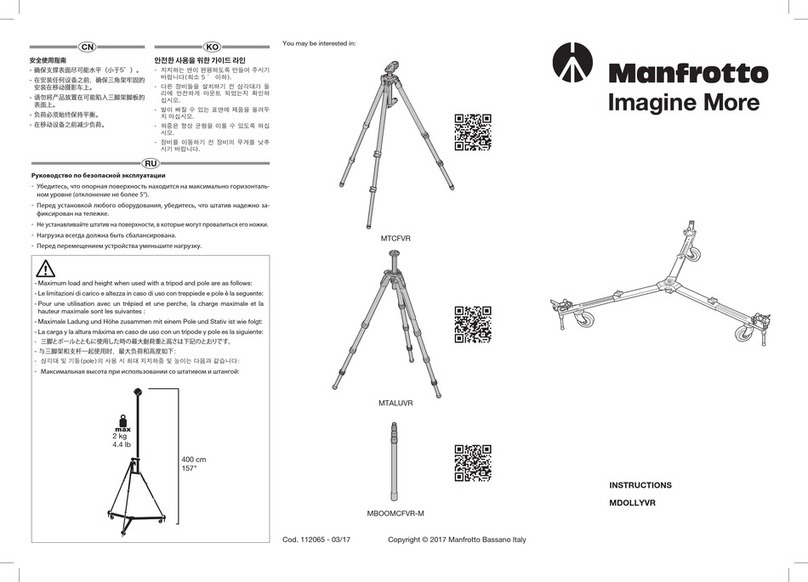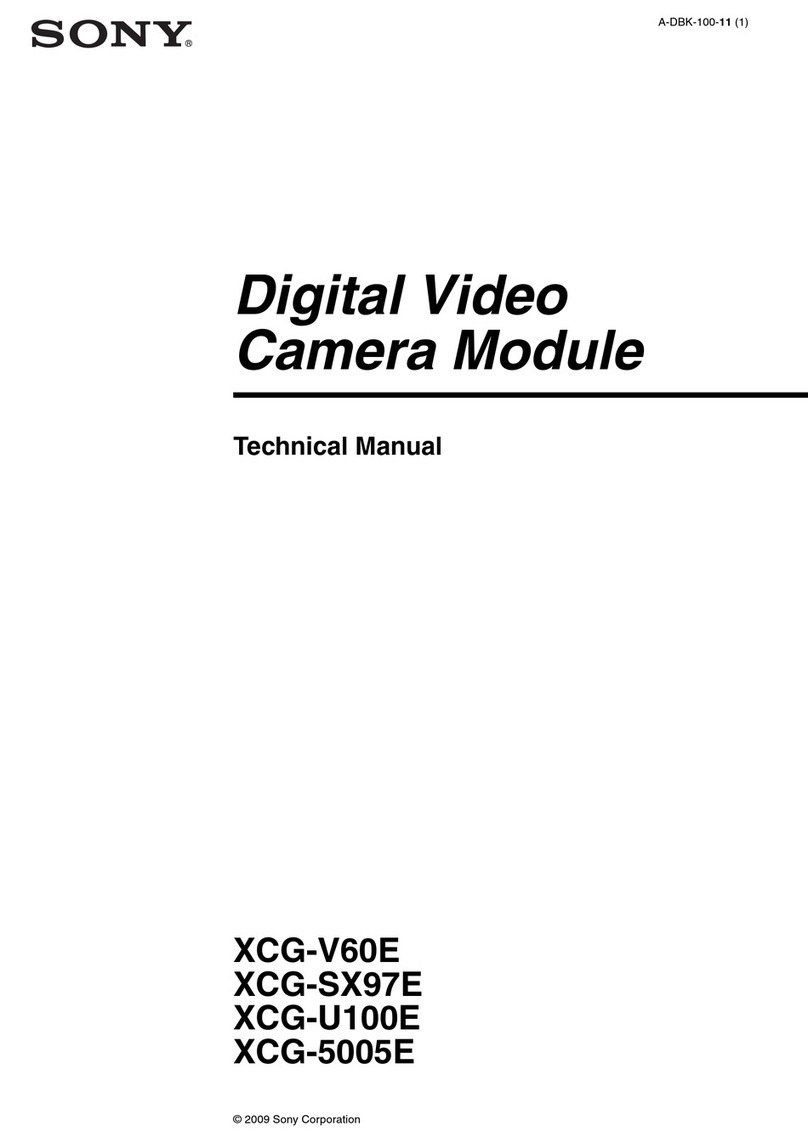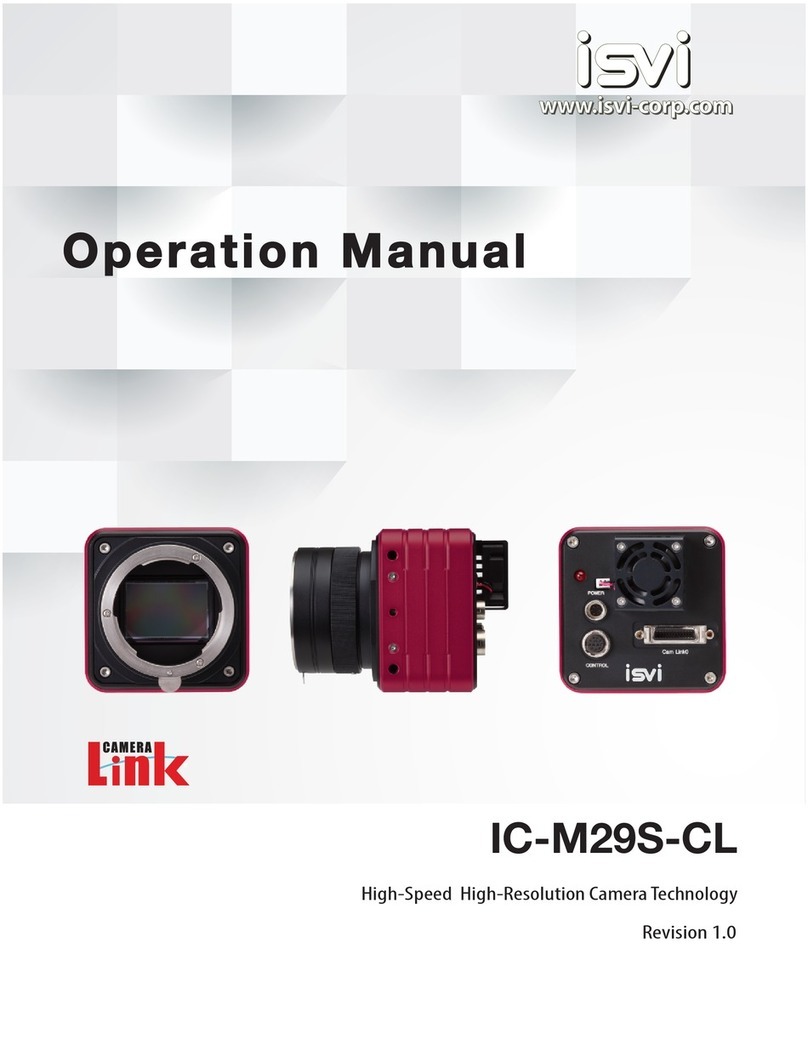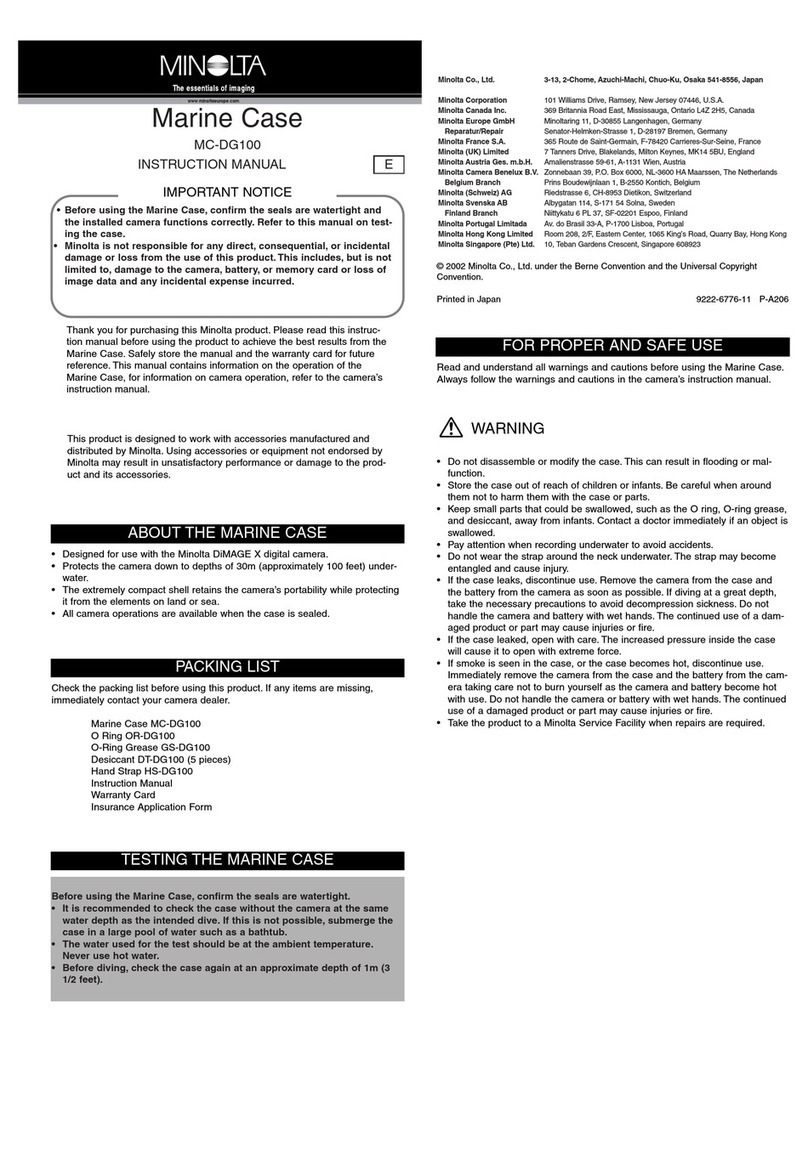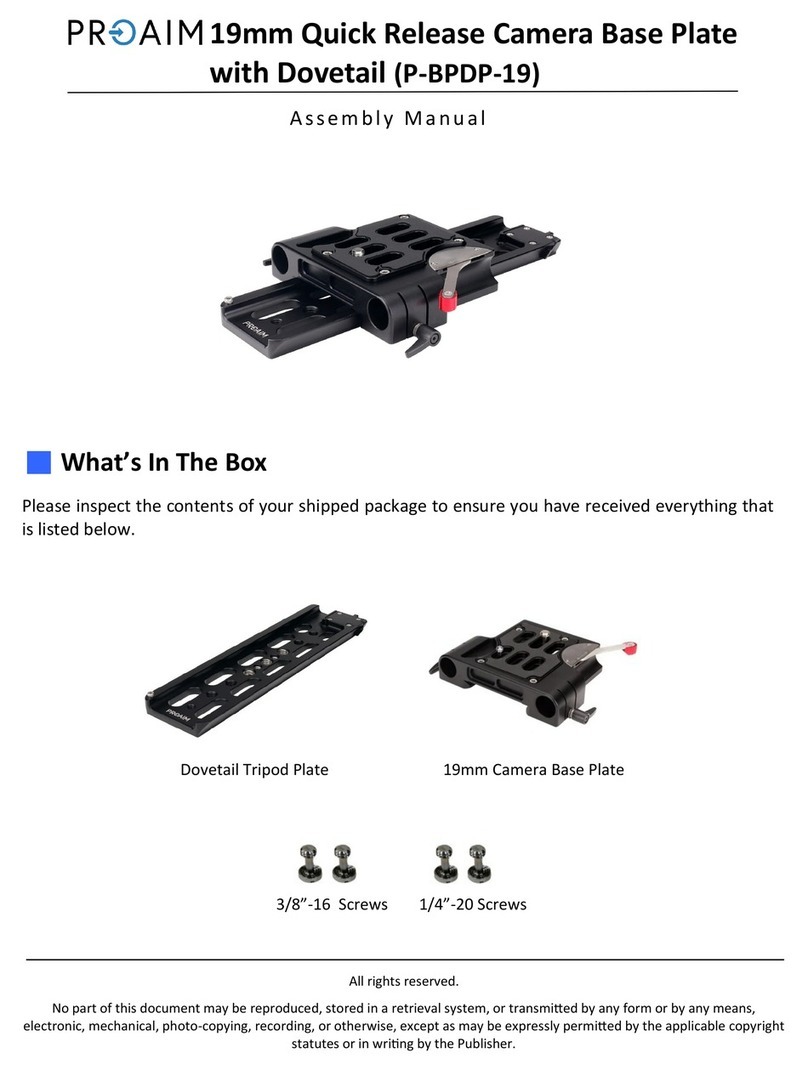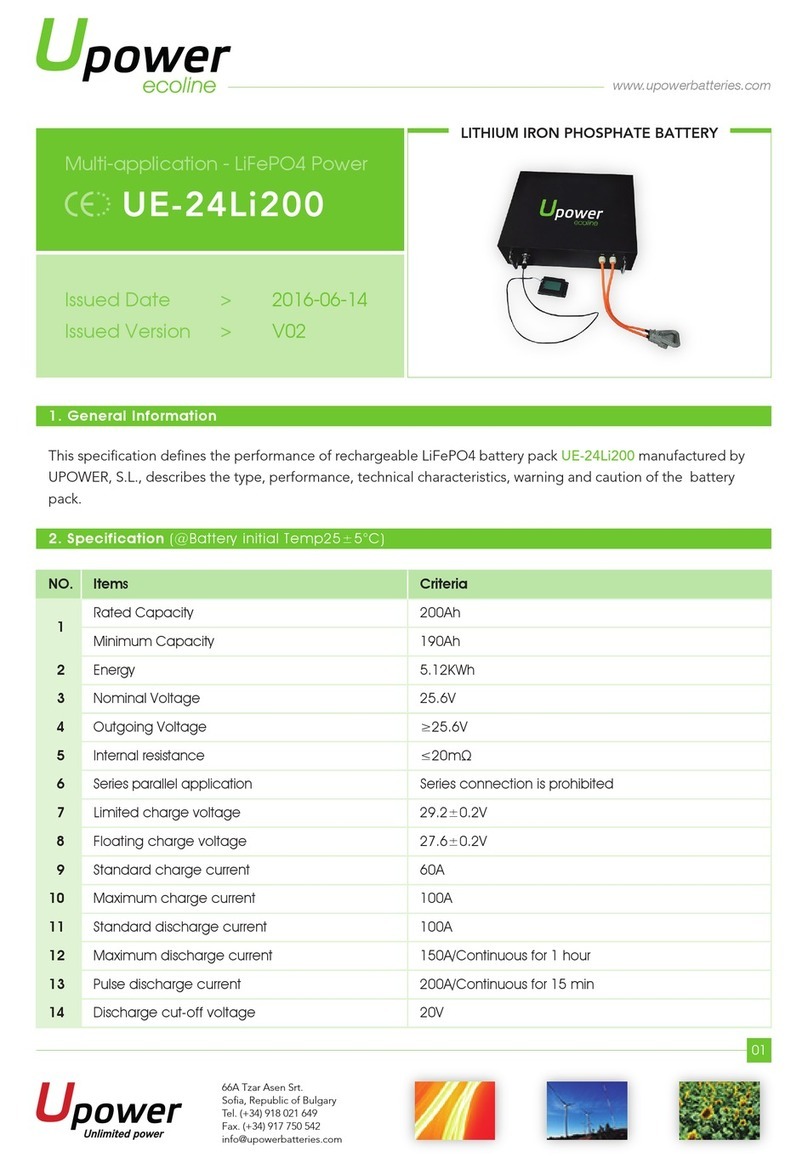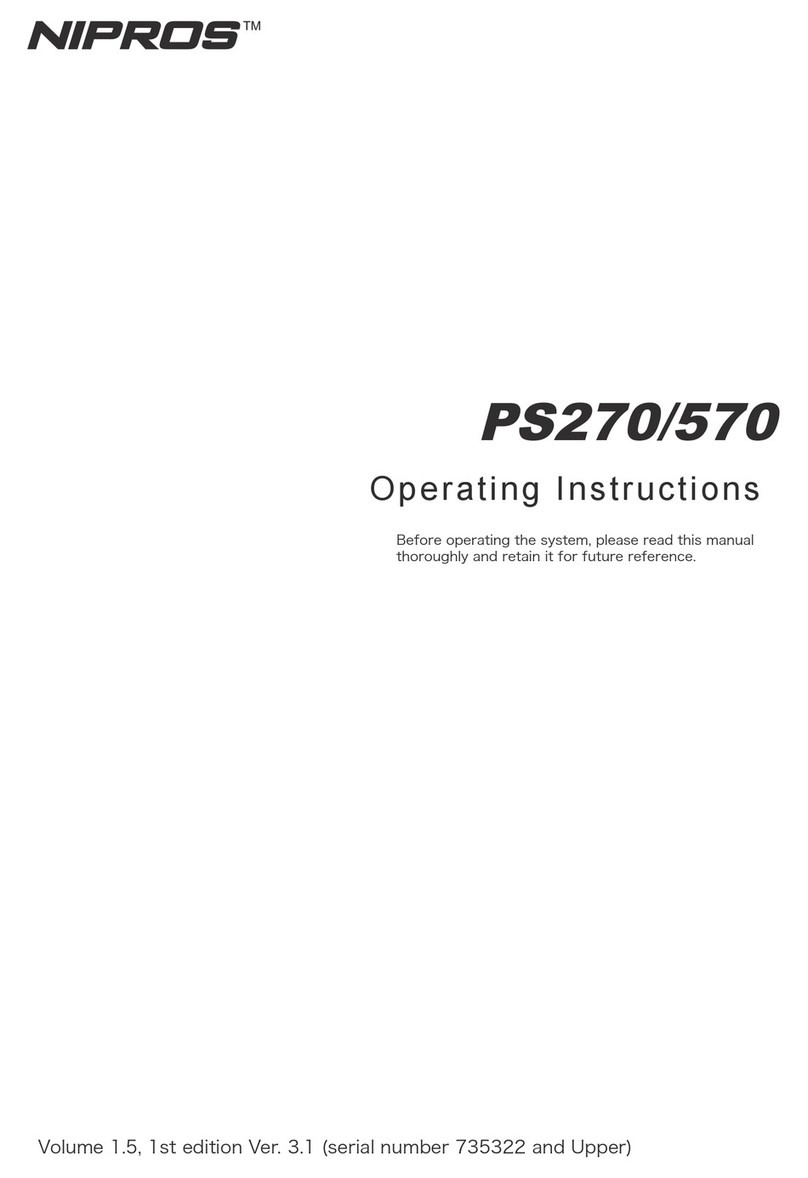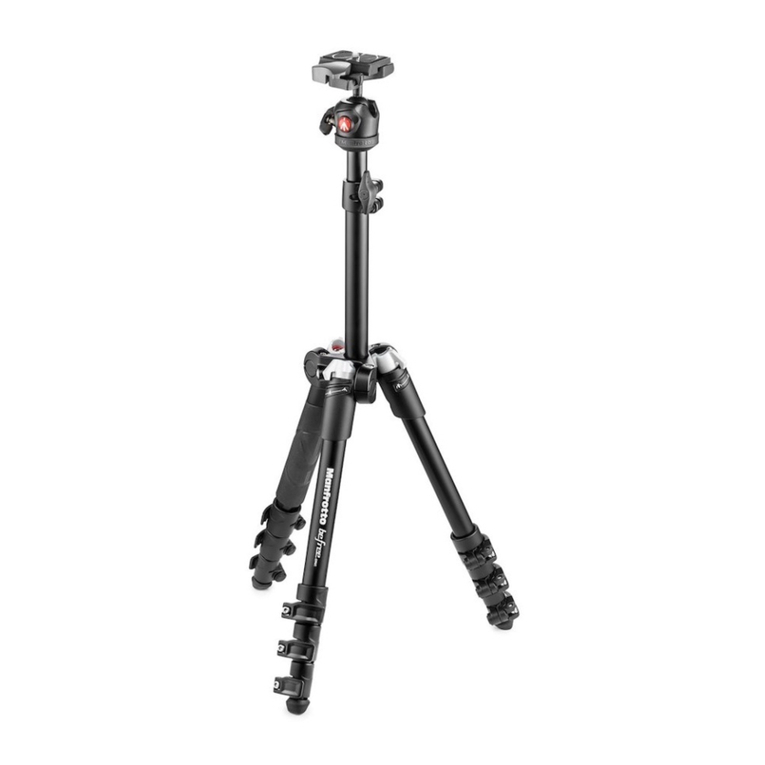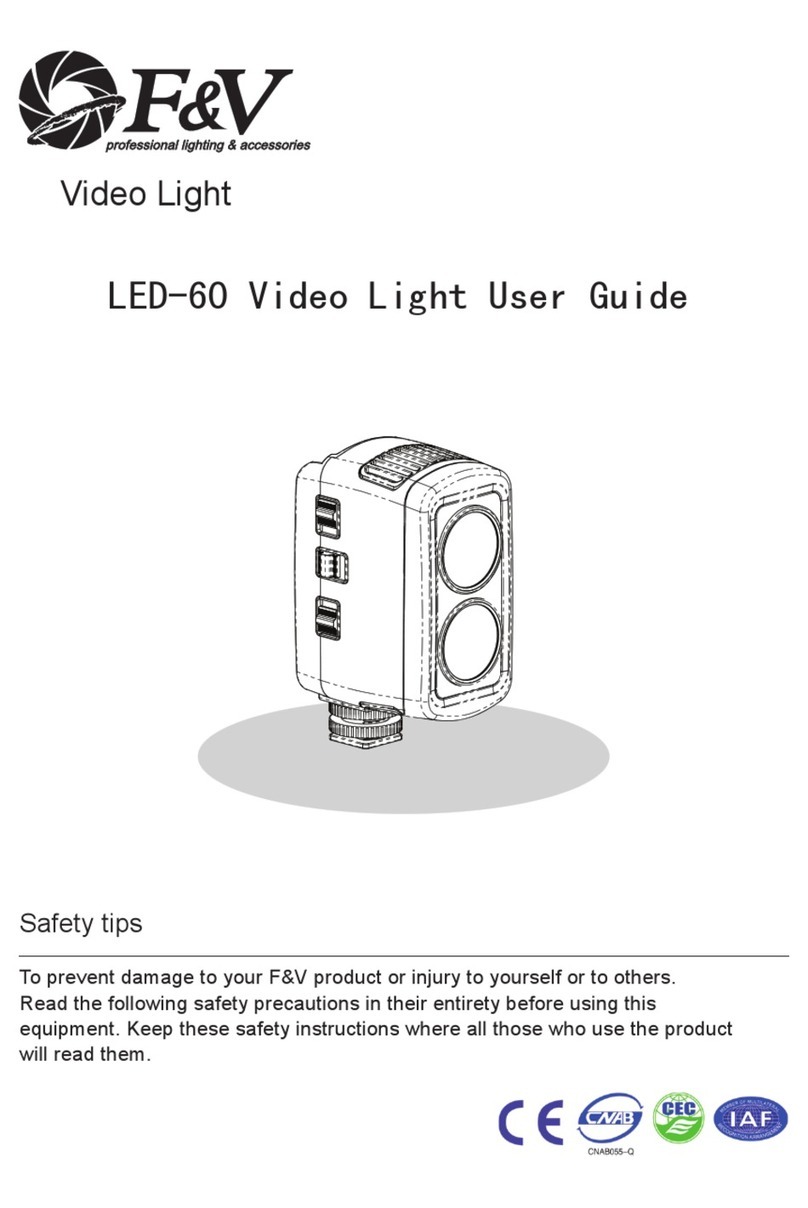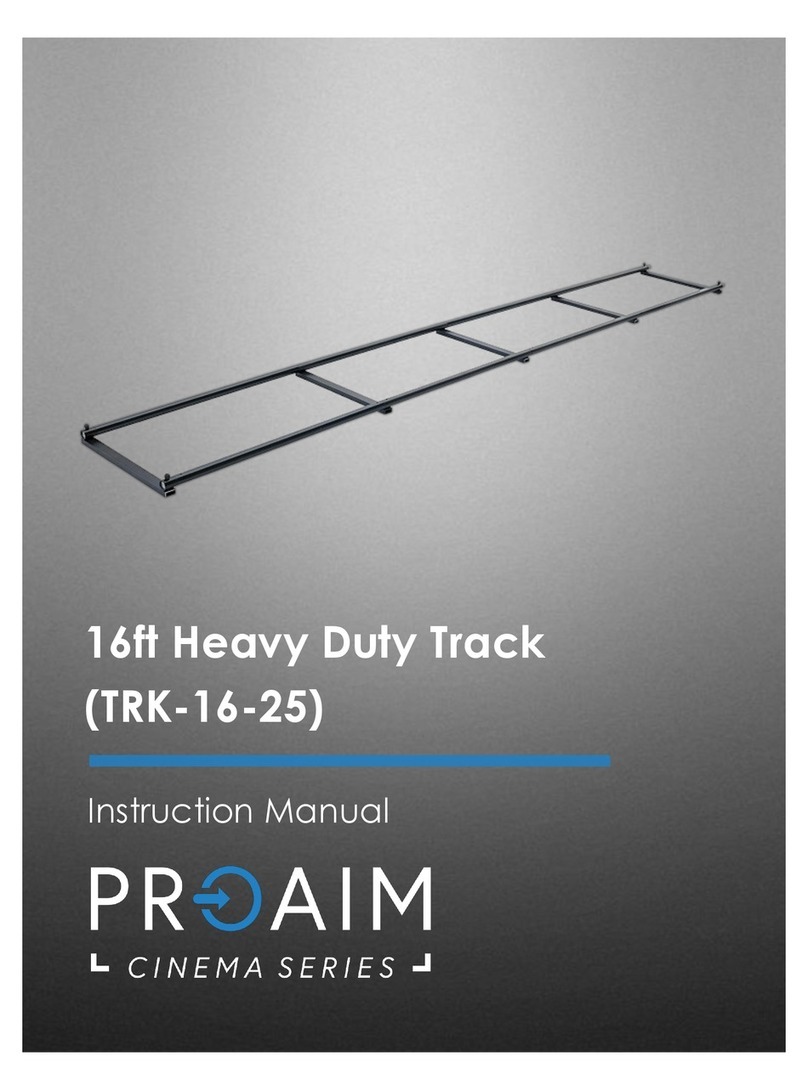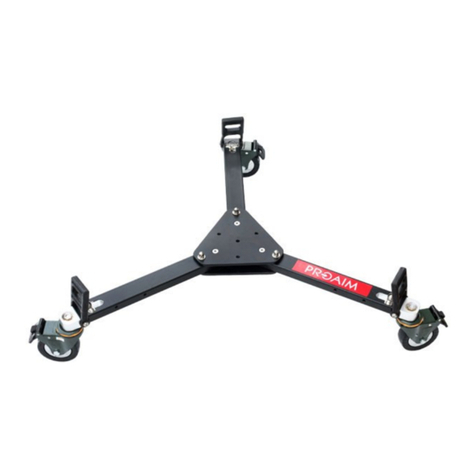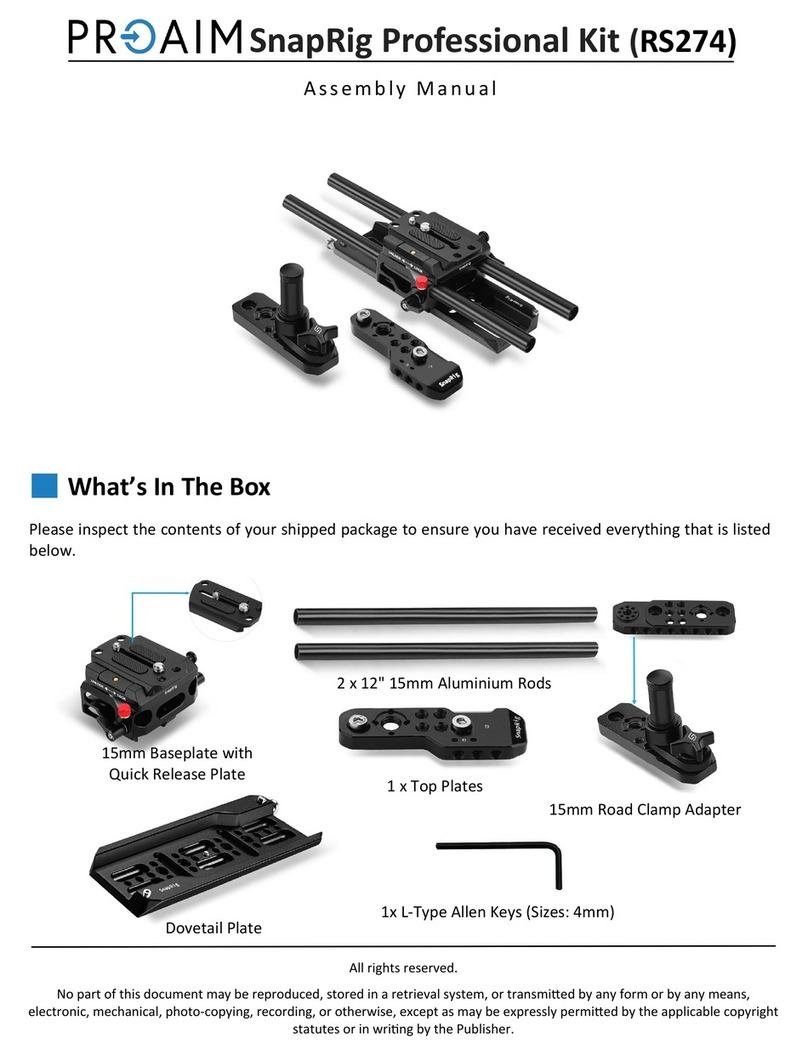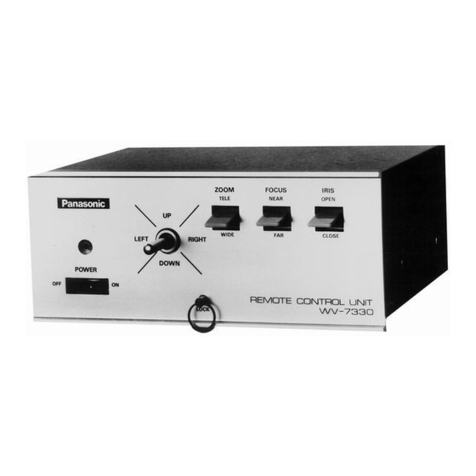CHINT R6 User manual


Company Profile
Founded in 1984, CHINT has more than 23,000 employees, which has 8 major professional companies, more
than 2000 domestic sales centers and special agencies and more than 50 sales organizations abroad under its
jurisdiction. Its industry covers the whole industry chain of "generation, storage, transmission, transformation,
distribution and utilization "electrical equipment, and lays out the fields of urban rail transit, energy equipment
manufacturing, new energy storage materials, energy Internet, platform of investment and financing and business
incubator, etc. The products sell well in more than 90 countries and regions in the world. CHINT is one of the
enterprises with the largest production and sales volume in China's industrial electrical equipment industry. Its
comprehensive strength ranks in the top ten of the top 500 Chinese private enterprises for many years, and its annual
tax amount ranks in the top five of the top 100 Chinese private enterprises for three consecutive years. "CHINT"
trademark is recognized as China famous brand, and its four series of products rank among "China Top Brand".
Headquartered in Shanghai, CHINT Energy Storage Division focuses on energy storage technology research and
product development. Relying on CHINT's 30-year experience in the whole electrical industry chain and new energy
development technology, we strives to create key links in the intelligent energy system, so as to make energy
utilization more convenient, stable and efficient.
CHINT Energy Storage Division has an experienced cell and system integration team, advanced cell technology
and battery group technology, rich project management experience, fully automated production line and application
of MES system, which not only provides a full range of products from battery pack, module and cabinet to container
energy storage, but also provides integrated and customized system solutions for household, industrial and
commercial use and large-scale energy storage according to customers' requirements. Through a safe, stable and
reliable energy storage solution, the functions of peak-shaving and power smoothing, load tracking, peak load and
frequency regulation can be realized from the generation end to the user end of the power grid. CHINT Energy
Storage Division will significantly improve energy efficiency for both traditional energy optimization and new energy
development and application. As a member of CHINT, CHINT Energy Storage Division will rely on the continuous
innovation of group resources to create a more secure and sustainable energy environment.
CHINT, make full use of electricity.

Contents
1 Introduction..........................................................................................................................................................................1
1.1 Purpose ...........................................................................................................................................................................1
1.2 Manual description .........................................................................................................................................................1
1.3 Applicable people ...........................................................................................................................................................1
1.4 Manual use......................................................................................................................................................................1
1.5 Symbol use......................................................................................................................................................................1
2 Product Presentation...........................................................................................................................................................3
2.1 Introduction to R6 rechargeable li-ion battery system....................................................................................................3
2.2 Parameters of R6 rechargeable li-ion battery system......................................................................................................4
2.3 Product features ..............................................................................................................................................................5
2.4 Plan.................................................................................................................................................................................6
2.4.1 Battery pack plan.....................................................................................................................................................6
2.4.2 Maintenance control box plan .................................................................................................................................6
2.5 Interface definition..........................................................................................................................................................7
2.5.1 Definition of battery pack interface.........................................................................................................................7
2.5.2 Definition of maintenance control box interface.....................................................................................................8
3 Precautions for Use..............................................................................................................................................................9
3.1 Product matching............................................................................................................................................................9
3.2 Before installation...........................................................................................................................................................9
3.3 In machinery installation...............................................................................................................................................10
3.4 In electrical connection.................................................................................................................................................10
3.5 Repair and replacement.................................................................................................................................................10
3.6 Other.............................................................................................................................................................................10
4 Installation of R6 Rechargeable Li-ion Battery System.................................................................................................11
4.1 Installation Prerequisites...............................................................................................................................................11
4.1.1Tools.......................................................................................................................................................................11
4.1.2 Safety gear.............................................................................................................................................................11
4.2 Installation of maintenance control box........................................................................................................................12
4.2.1 List of maintenance control box............................................................................................................................12
4.2.2 Installation precautions..........................................................................................................................................13
4.2.3 System wiring criterion .........................................................................................................................................14
4.2.4 Wiring of maintenance control box .......................................................................................................................14
4.2.5 Installation way .....................................................................................................................................................18
4.3 Installation of battery pack............................................................................................................................................19
4.3.1 List of battery pack................................................................................................................................................19
4.3.2 Installation precautions..........................................................................................................................................20
4.3.3 System wiring criterion .........................................................................................................................................21
4.3.4 Installation way .....................................................................................................................................................22
4.3.5 Wiring of battery pack...........................................................................................................................................27
5 System Operating Instructions.........................................................................................................................................30

5.1 Inspection before start-up .............................................................................................................................................30
5.1.1 Confirmation of cable connection .........................................................................................................................30
5.2 System boot-up .............................................................................................................................................................30
5.2.1 Battery system boot-up..........................................................................................................................................30
5.2.2 High-voltage power of battery system...................................................................................................................32
5.2.3 Battery system charge............................................................................................................................................32
5.2.4 Battery system discharge.......................................................................................................................................32
5.3 System shutdown..........................................................................................................................................................33
6 System Maintenance Instructions ....................................................................................................................................34
6.1 Battery system maintenance .........................................................................................................................................34
6.1.1 Maintenance precautions.......................................................................................................................................34
6.1.2 Equipment maintenance ........................................................................................................................................34
6.1.3 Battery system function maintenance....................................................................................................................35
6.2 Accident disposal..........................................................................................................................................................35
6.3 Trouble shooting, alarm handling and countermeasures...............................................................................................37
6.4 Safety precautions.........................................................................................................................................................37
7 Packaging, Unpacking, Transportation, Storage and Matters Needing Attention .......................................................38
7.1 Packaging, unpacking, transportation and storage........................................................................................................38
7.1.1 Packaging ..............................................................................................................................................................38
7.1.2 Unpacking .............................................................................................................................................................38
7.1.3 Transportation........................................................................................................................................................40
7.1.4 Storage...................................................................................................................................................................40
7.2 Safety precautions.........................................................................................................................................................40
7.2.1 Moisture-proof and water-proof............................................................................................................................40
7.2.2 Environmental insulation.......................................................................................................................................41
7.2.3 Insulation...............................................................................................................................................................41
7.2.4 Unimpeded air channel..........................................................................................................................................41
8 After-sales Service..............................................................................................................................................................42
Notice..................................................................................................................................................................................43
Notice Receipt ....................................................................................................................................................................43

1
1 Introduction
1.1 Purpose
This manual specifies the functions and specifications of CHINT R6 rechargeable li-ion battery system
(hereinafter referred to as battery system), and defines and describes the specific parameters. CHINT reserves the
right to amend and update this manual according to the actual situation in different periods.
1.2 Manual description
R6 rechargeable li-ion battery system uses high-energy density and high reliability ternary lithium battery,
matching advanced battery management system and integrated development technology, which is a mature household
energy storage battery product.
This manual mainly introduces the product features, performance indicators, external interface, operation
instructions, installation and maintenance of R6 rechargeable li-ion battery system.
1.3 Applicable people
This manual is applicable to:
Professionals responsible for the installation, operation and maintenance of the product.
Users of the product.
1.4 Manual use
Please read this manual carefully before using this product, and keep it in a convenient place for users to find.
The contents of the manual and the pictures, logos and symbols used are all owned by CHINT. Any person
who is not an employee of CHINT shall not publicly reproduce all or part of the contents without written
authorization.
The contents of the manual will be continuously updated, revised and upgraded. Please refer to the purchased
products.
1.5 Symbol use
In order to ensure the personal and property safety of users when using the product and use the product
efficiently, the manual provides relevant warning information and explains with symbols.
Warning symbols on product label:
Warning

2
The battery pack may explode
The voltage of this battery pack is strong enough to cause electric shock
Keep the battery pack away from open flame or ignition sources
The battery pack should not be disposed of with household waste at the end of its working life
Read the manual before installing and operating the battery pack
Wear safety gear when dealing with the battery pack
The battery pack should be disposed of at a proper facility for environmentally safe recycling
This symbol indicates that the product conforms to regulations set out by the CE Directive
This symbol indicates that the product is Class Ⅱequipment
Warning information in this manual:
Indicates that incorrect operation presents an extreme hazard that could result in
death to the personnel, serious damage to the system or even abandonment.
Indicates that incorrect operation presents a significant hazard that could result in
serious injury or even death to the personnel, or serious damage to the system.
Indicates that incorrect operation presents a possibility of injury to the personnel or
damage to the equipment.
Indicates information related to device performance or correct operation.

3
2 Product Presentation
2.1 Introduction to R6 rechargeable li-ion battery system
The product of R6 rechargeable li-ion battery system is composed of R6 battery pack and maintenance control
box.
+
PV
Family load
Power grid
Battery system
Battery pack
Maintenance control
box PCS
Meter
Wireless
Charge
Discharge
PV Power
PV Power
Battery
Grid
Figure 2-1 System structure diagram
Battery system is designed with system running status indicator lights, and the system provides HVDC power
interface and communication interface externally. The system connection block diagram is as follows:
Figure 2-2 System connection power block diagram

4
Figure 2-3 System connection communication block diagram
Battery pack: The battery pack is composed of two 2P7S 63Ah ternary modules in series, including: cell,
wiring harness, structural parts, battery monitoring unit (BMS) and related electrical components.
Maintenance control box: The maintenance control box is used for the maintenance, breaking and control of
battery system, including: copper bar, wire harness and related electrical components.
Indicator lights: used to indicate the running state of the system, as follows:
Table 2-1 system running status
Indicator lights
color
Current state of the system
1
Green
System normal operation
2
Yellow
System temperature is high or low and the system can continue to operate
3
Red
System failure. Need to restart or contact the manufacturer
2.2 Parameters of R6 rechargeable li-ion battery system
Table 2-2 Parameters of R6 rechargeable li-ion battery system
No.
Item
Specification
1
Rated energy
6.5kWh@25℃, at rated power, direct current side, initial nominal
capacity
2
Usable Capacity
5.9kWh
3
Model
NER-PNE-52V126A6K-SXA01
4
Nominal voltage
51.8V
5
Operating voltage range
42V-58.8V
6
Rated charge power
1.9kW@25℃
7
Rated discharge power
1.9kW@25℃
8
Standard charging mode
CC-CV, charge current: 37.8A(0.3CC)
End voltage/current: 58.8V/6.3A
9
Max. charging and
discharging current
70A
10
Max. permissible
charging and
discharging power
3.2kW

5
No.
Item
Specification
11
Short-circuit current
5.67kA
12
Allowable operating
ambient temperature
0°C~40°C
13
Storage temperature
-30°C~60°C
14
Humidity
5%~95%, non-condensing
15
Altitude
<2000m
16
Cycle life
≥4000cycles@25℃, 0.5C/0.5C, 95%DOD, 80%Ret
17
Equalization
Passive equalization
18
Cooling Strategy
Air cooling
19
Battery pack size
445W×115D×734H, unit: mm
20
Battery pack weight
≤52kg
21
Communication mode
CAN, RS485
22
Protection class
II
23
IP code
IP20
24
Pollution degree
II
25
Over-voltage category
II
26
Reference standard
IEC 62619, IEC 62040, IEC61000-6-1, IEC61000-6-3,UN38.8
2.3 Product features
Modular design
The battery system adopts standard modular design, which can be expanded flexibly and easy to maintain and
repair.
Use high strength and light weight structure design
It can meet the structural reliability requirements of mechanical load-bearing, safety in operation, applicability
and durability under changeful operating environment and long-distance transportation.
On -line battery equalization technology and control strategy
The advanced battery equalization control strategy can effectively guarantee the available capacity and service
life of rechargeable li-ion battery system.
Wide range of application
It can be compatible with household PV system, improve the spontaneous utilization rate of PV and can also be
used in peak shaving, emergency power supply and other scenarios.
High space utilization
With small occupied area and flexible installation, the utilization rate of indoor space can be effectively
improved.
Safe and reliable
The product has passed the certification of IEC62619, UN38.3, IEC62040, EN 61000-6-3:2007+A1 and EN

6
61000-6-1:2007, and has multiple safety protection designs from the battery to the system; the automatic control
cooling system can ensure the operation life and reliability of the battery.
Fashion appearance
Fashionable industrial design, and perfect integration with home environment.
2.4 Plan
2.4.1 Battery pack plan
Figure 2-4 Battery pack plan
2.4.2 Maintenance control box plan
Figure 2-5 Maintenance control box plan

7
2.5 Interface definition
2.5.1 Definition of battery pack interface
Wake-up switch
Figure 2-6 Diagram of left interface of battery pack
Side cover
Rocker switch
Figure 2-7 Diagram of right interface of battery pack
BAT+: Battery positive interface.
BAT-: Battery negative interface.
COM: External communication interface, responsible for the communication between BMS and PCS, the
communication between BMS and EMS, and the debugging of BMS.
Wake-up switch: Used to open and close the system. Press the wake-up switch on the panel to start up, and
press the wake-up switch on the panel for 3 seconds to shut down.

8
Rocker switch: Storage and transportation switch. It is necessary to turn off the switch during storage and
transportation, and it will be normally on after arriving at the user site.
2.5.2 Definition of maintenance control box interface
Figure 2-8 Diagram of maintenance control box interface
BAT+: Interface connecting the positive pole of the battery pack to the maintenance control box.
BAT-: Interface connecting the negative pole of the battery pack to the maintenance control box.
BAT COM: Interface connecting communication of the battery pack to the maintenance control box.
EMS: Interface connecting the maintenance control box to EMS communication.
PCS: Interface connecting the maintenance control box to PCS communication.
COM: Interface between the maintenance control box and the battery pack cascading communication.
POWER+: Power input interface of maintenance control box (positive).
POWER-: Power output interface of maintenance control box (negative).

9
3 Precautions for Use
This product is designed and tested in strict accordance with relevant international safety standards. However,
for electrical and electronic equipment, the installation, commissioning, operation and maintenance processes must
comply with the relevant safety specifications. Improper use or mishandling will harm:
Life and personal safety of operator or third party.
This product or other property belonging to the operator or a third party.
In order to reduce the damage of R6 rechargeable li-ion battery system products and other equipment and avoid
casualties, the following safety precautions should be strictly followed during operation and maintenance. The
precautions in the specific operation process will be explained in detail in the corresponding chapters.
!
All installation operations must be performed only by professional and technical personnel.
Professional and technical personnel must:
With special training.
Read this manual completely and master the safety matters related to operation.
Familiar with electrical system safety specifications.
WARNING
3.1 Product matching
This product must be matched with isolated PCS.
!CAUTION
3.2 Before installation
When receiving the product, you should check whether the product is damaged during
transportation. If you find any problem, please contact Zhejiang Chint Electrics Co., Ltd.
!
NOTE
There is a danger of injury to the misoperation of the product!
!CAUTION
The instructions in the manual must be followed when the energy storage products are
moved and placed.
Improper operation of equipment may result in minor injury, serious injury or contusion.

10
3.3 In machinery installation
Make sure the inverter is free of any electrical connections before installing the energy
storage product.
!DANGER
3.4 In electrical connection
All electrical installations must meet local and national electrical standards.
!
NOTE
3.5 Repair and replacement
Avoid unrelated personnel entering the maintenance site !
Temporary warning signs or obstacles must be posted to prevent unrelated personnel from
entering the electrical connection or maintenance area during electrical connection and
maintenance work.
!CAUTION
Do not replace the internal components of the product without authorization. The
company will not be liable for any quality assurance and joint and several liability for the
resulting losses.
!
NOTE
Contact or poor operation of printed circuit boards or other electrostatic sensitive
components can lead to device damage.
Avoid unnecessary circuit board contact.
Obey the electrostatic protection specifications and wear anti-static bracelet.
!
NOTE
3.6 Other
All safety labels, warning labels and nameplates on energy storage products:
Must be clearly visible.
Can not be removed or covered.
!WARNING

11
4 Installation of R6 Rechargeable Li-ion Battery System
Battery system belongs to dangerous goods, improper operation and use may cause serious consequences such
as electric shock, combustion, and explosion and so on. The installation and maintenance of battery system must be
operated by professionals, and the relevant safety regulations must be strictly observed in use.
Installation process of R6 rechargeable li-ion battery system:
Wiring of
maintenance
control box side
Installation of
maintenance
control box
Installation of
battery pack
Wiring of
battery pack
side
Figure 4-1 Flow chart of battery system installation
The manufacturer will not be liable for battery damage and other losses caused by failure to
use the battery as required or beyond the prescribed scope.
!
NOTE
This product is for indoor use only.
!CAUTION
4.1 Installation Prerequisites
4.1.1Tools
These tools are required to install the battery system.
Table 4-1 List of tools
Hexagon wrench(M4)
Phillips-screw driver
Flat-head screw driver
Torque wrench
Tape measure
Drill(Φ6, Φ10)
Hammer
4.1.2 Safety gear
Wear the following safety gear when dealing with the battery system, in order to avoid short circuit and personal
injury. Installers must meet the relevant requirements of international standards, such as IEC 60364 or the domestic
legislation.

12
Table 4-2 List of safety gear
Insulated gloves
Safety goggles
Safety shoes
4.2 Installation of maintenance control box
4.2.1 List of maintenance control box
After unpacking the battery system, please check whether the accessories of the battery system are complete
according to the following table. Check whether there is any damage or missing items. If any, please contact the
manufacturer.
Table 4-3 List of maintenance control box accessories
A
B
C
D
E
F
Table 4-4 Parameters of maintenance control box accessories
Item
Quantity
Description
Area/length (mm)
Specification
A
1
Maintenance control box
250 W×150D×130H
\
B
1
Power cable (POWER+)
1500
EV 25mm21500V
C
1
Power cable (POWER-)
1500
EV 25mm21500V
D
1
Communication harness
1600
\
E
4
Tapping screw
\
M4×30
F
4
Expansion pipe
\
Φ6×30

13
Cable specifications are shown in the following table:
Table 4-5 Cable specifications table
No.
Type of
terminal/te
-rminal
blocks
Name of
terminal/ter
-minal
blocks
Position of
terminal/ter
-minal
blocks
Number
of
terminal/
terminal
blocks
Terminal pin
corresponding
to cable
Cable
voltage
Cable
current
Insulation
requirement
Cable
diameter
Cable
color
Cable
material
Definition
Remark
1
DB15/3*5
D-SUB
connector
Communic
ation COM
interface
9
K5+
600V
<1.5A
1000V&≥50
0MΩ
AWG22
Red
Copper
K5+
Teflon
2
8
K5-
600V
<1.5A
AWG22
Black
Copper
K5-
Teflon
3
7
CAN1H
600V
<1.5A
AWG22
Yellow
Copper
CAN1H
Shielded
twisted pair
4
6
CAN1L
600V
<1.5A
AWG22
Green
Copper
CAN1L
5
5
CAN2H
600V
<1.5A
AWG22
Yellow
Copper
CAN2H
Shielded
twisted pair
6
4
CAN2L
600V
<1.5A
AWG22
Green
Copper
CAN2L
7
3
485-2A
600V
<1.5A
AWG22
Yellow
Copper
485-2A
Shielded
twisted pair
8
2
485-2B
600V
<1.5A
AWG22
Green
Copper
485-2B
9
CNTO-QC
7-48X-200
-35
Connector
BAT+
Battery pack
BAT+
DC1000
V
100A
25mm²
Orange
Copper
DC+
High
voltage
cable,
single core
10
CNTO-QC
7-48Y-200
-35
Connector
BAT-
Battery pack
BAT-
100A
25mm²
Black
Copper
DC-
High
voltage
cable,
single core
!
NOTE
It is recommended that the packaging should not be removed before reaching the installation
site.
4.2.2 Installation precautions
After connecting all the external wiring related to the maintenance control box with the maintenance control
box according to the wiring steps, the whole body is fixed on the wall.
When installing the expansion pipe, drilling is required. The depth of the hole is slightly longer than the
length of the expansion pipe (about 3-5mm), which is convenient for firm installation.
Keep the installation environment well ventilated, avoid installing in places with too high or too low
temperature and high humidity, keep away from water, flammable gas or corrosive agent and heat sources, and
avoid direct sunlight.
Avoid using in the environment with dust, volatile gas, corrosive gas or excessive salt. Do not place
inflammable and explosive materials around the battery system.
To minimize damage from accidental fires, fireproof materials should try to be used on the walls, ceilings and

14
floors of the room where the battery system is located, and portable dry powder fire extinguishers should be
provided.
4.2.3 System wiring criterion
The maintenance control box has positive and negative interface of battery, battery communication interface,
EMS communication interface, PCS communication interface and cascading interface. All interfaces are built-in. The
system wiring is strictly in accordance with the following requirements:
Power cables shall meet the requirements of 100VDC voltage, 80A continuous current and 25mm2wire
diameter.
All connectors must be safe and reliable to ensure that there are no loosening and virtual contact problems,
and the contact resistance is less than 20 mΩ. The connectors must have anti-corrosion, wear-resisting and
anti-seismic functions.
The copper busbar terminals at the end of power cables adopt SC25-6.
The parameters of bipolar bidirectional DC circuit breaker are rated voltage DC125V and rated current
DC100A. Its main function is to maintain and protect overcurrent.
All connections must meet the requirements of relevant national standards, and strictly prevent various forms
of arc discharge.
It is strictly forbidden to have any form of short circuit in the process of connection.
Operators are strictly forbidden to operate without wearing protective equipment.
All connections must be carried out under clear guidance, and any form of conjecture or vague attempt is not
allowed.
The key points of connection is that ensure correct and reliable connection (not loosening), good contact (no
contact resistance), no short circuit.
After the wiring harnesses are connected, they must be measured and confirmed point by point.
All connection points must ensure no contact with the external box or other parts, no short circuit.
If there are other uncertain factors, please consult professionals before implementation.
4.2.4 Wiring of maintenance control box
1. Take out the maintenance control box (A) and open the top cover. The internal structure is shown in Figure
4-2. The relay control harness in the control box (A) has been connected (in the bottom right part of the terminal
blocks, terminal 8 is connected to K5- black control harness and terminal 9 is connected to K5+ red control harness).

15
K5-black
K5+ red
Figure 4-2
2. Connection of communication harnesses
1) Connection of battery communication harness
- Find the battery communication harness (D) in the battery system accessories.
- Take down the cable gland of “BAT COM”interface on the maintenance control box and set it on the battery
communication harness (D).
- The battery communication harness (D) is passed through the “BAT COM”interface on the maintenance
control box.
- According to the label on the terminal blocks and the wiring diagram of terminal blocks, as shown in Figure
4-3, the battery communication harness (D) is inserted directly from the upper end into the same side of the terminal
blocks (the other side is to be related to the battery pack in chapter 4.3.5).
- Move the cable gland on the battery communication harness (D) to the interface and tighten it.
BAT COM interface
Battery communication harness
Terminal blocks
Cascading
interface
Figure 4-3
2) Connection of communication harness between maintenance control box and PCS
- Take down the cable gland of PCS interface on the maintenance control box (A), and pass the communication
harness through the cable gland and the PCS interface in turn.
- As shown in Figure 4-4, the communication harness is connected to the corresponding position of the terminal

16
blocks.
- Move the gran head on the PCS communication harness to the interface and tighten it.
Terminal blocks
Cascading
interface
Figure 4-4
3) Connection of communication harnesses between maintenance control box and EMS, battery pack cascade
The connection method of communication harnesses between maintenance control box and EMS, battery pack
cascade shall refer to the connection procedure of communication harness between maintenance control box and PCS.
As shown in Figure 4-5, the communication harness is connected to the corresponding position of the terminal
blocks.
Terminal blocks
Cascading
interface
Figure 4-5
!
NOTE
In this manual, the communication harnesses used between maintenance control box and
EMS, PCS, battery pack cascade are all network harnesses.
The external cables of the maintenance control box (except for the cable between the battery
pack) are not within the scope of supply.
3. Connection of power harnesses
1) Connection of battery power cables
- Find the orange positive power cable (B) in the battery system accessories.
- Take down the cable gland of “BAT+”interface on the maintenance control box (A) and set it on the orange
This manual suits for next models
1
Table of contents
